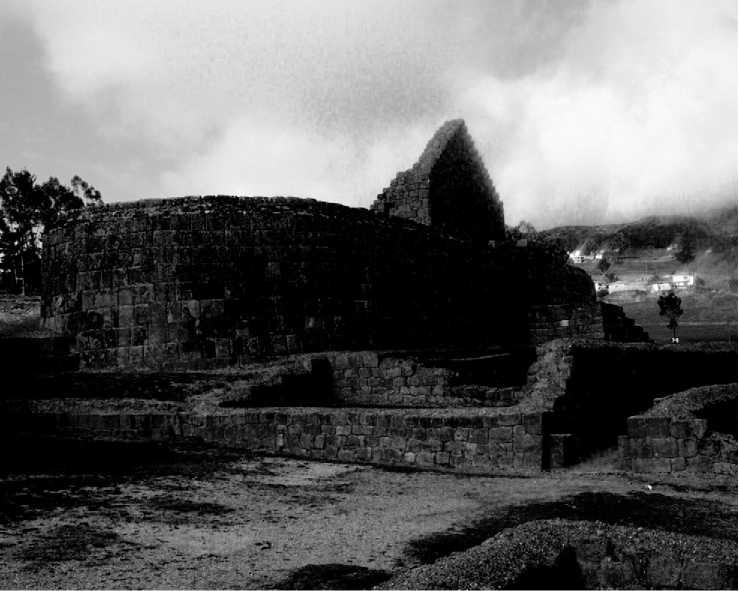Nufiez de Balboa’s discovery of the Pacific Ocean in 1513 came after more than a decade of Spanish exploration of northern South America, and it initiated

Figure 8 Ingapirca, an Inca administrative/ceremonial site in the southern highlands of Ecuador. Note the dressed stone masonry distinctively associated with Inca architecture. (Photo by J. Scott Raymond)
An intensified exploration and conquest of the region. The gold ornaments and icons possessed by the natives had initially attracted the Spaniards to the region, but within less than two decades they turned their attention to Peru, where looting and pillaging was a much more profitable enterprise. Although the native societies of northwestern South America suffered dramatic declines and deculturation following the conquest, many have survived to the present day and represent a cultural continuity that extends back to prehistoric times. Ethnographic and historic data potentially constitute an important means of fleshing out the scant evidence derived from the archaeological record and some archaeologists have begun to carry out such research. Much more needs to be done, especially on the archaeological side. Despite the many decades of research, our knowledge of these ancient societies remains superficial. Looting continues to outpace archaeological research, and the native societies are mostly in rapid decline. Within a few decades, it will be too late.
See also: Americas, Central: Lower Central America; The Olmec and their Contemporaries; Americas, South: Early Villages; Image and Symbol; Phytolith Analysis; Plant Domestication; Pottery Analysis: Stylistic; Social Inequality, Development of; Spatial Analysis Within Households and Sites.




 World History
World History









